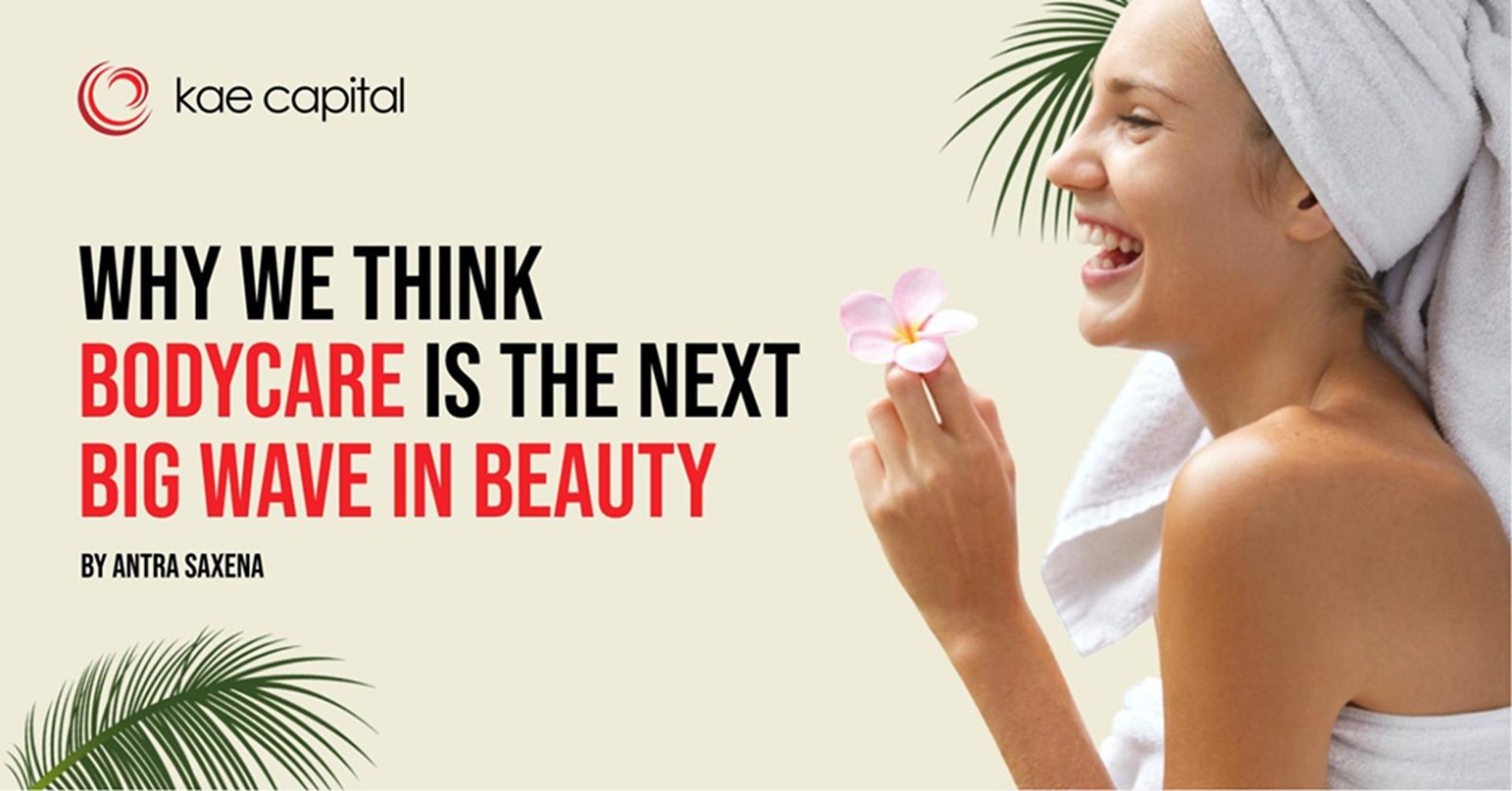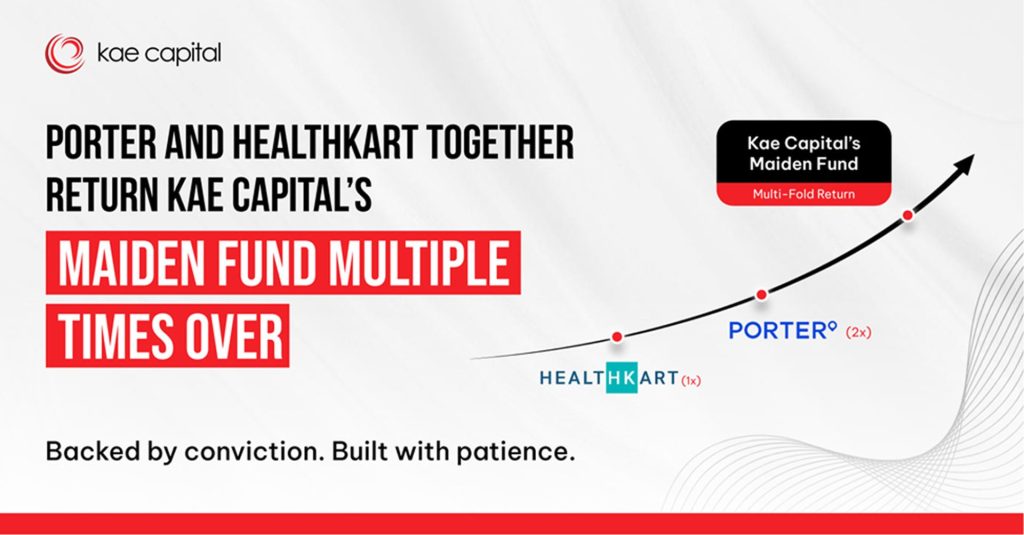The first wave of D2C brands in beauty and personal care (BPC) won on distribution. They understood Instagram early, built micro communities, and reached consumers who were shopping online for the first time. That channel edge was enough then.
But the consumer has matured. Today, a great product is just table stakes. What truly matters is the story behind the brand. It can’t be an afterthought, it needs to be built into the brand from day one.
You can see this clearly in how the US market evolved around 2015. My favourite example is Sol de Janeiro. The brand is built around a single idea, Brazilian confidence, and every product reinforces that story. When someone picks up the Bum Bum Cream, they are subconsciously buying into that narrative of body positivity and joy.
The larger the truth your brand stands for, the larger the market you can chase. As disposable incomes in India rise, consumers will slowly move beyond buying for function and start buying for identity. Global incumbents already understand this. The only real defence Indian brands have is pricing. Local manufacturing and avoiding import duties allow us to meet aspiration without overpricing.
The Bum Bum Cream costs ₹2,460 for 75ml. That tells you everything about the opportunity. If we continue to think function-first, we’ll miss the chance to build truly outstanding, emotionally resonant brands.
Why We’re Not Worried About the Flood of Insta Brands
The backend of consumer goods is completely commoditised, whether you’re producing in China or India. Anyone with some hustle can find a factory and start selling a product through aggressive Instagram ads.
That can get you your first purchases. It won’t get you repeats.
A few of these businesses might reach ₹20–40 lakh a month in revenue with single-digit or low double-digit EBITDA. But they’ll hit a ceiling because repeat purchases and loyalty require two things: real product differentiation and meaningful brand building.
The Niche We’ve Identified
Bodycare is shaping up to be the next wave for challenger brands.
Take a look at Nykaa’s category pages:
In all of these, legacy brands dominate. Challenger brands have barely touched them. Even in categories like deodorants and body mists, where newer brands have managed some penetration, the products haven’t really evolved. The same sticky, heavy formulations persist, which simply don’t work in India’s humid climate.
Each of these categories is ripe for disruption.
The Opportunity Across the Routine
Pre-shower: Think Sunday oils that act as a barrier against hard water damage.
In-shower: Gentle scrubs that exfoliate without harming the skin barrier. Body washes and shower oils that leave you feeling hydrated rather than tight and dry.
Post-shower: Lightweight body mists that double as moisturisers. Creams that absorb fast without heaviness. Sunscreen sprays that are convenient and actually usable daily.
Most Indians don’t need thick body butters for most of the year. What they do need are modern, climate-suited alternatives that feel indulgent yet practical.
Products like Supergoop’s SPF body oil and Forest Essentials’ shower oil are great references, but both are priced at ₹1,500 and above, leaving the mass-premium segment wide open.
Strategy
- Start with bodycare.
- Expand into fragrances.
- Then move into haircare.
Around this, create focused ranges for pregnancy (stretch marks, scrubs, haircare) and menopause (bodycare + fragrance). Dove has already begun these wellness-oriented ranges in the US. India, with its declining age of menopause and growing awareness of women’s health, will be an important market for this next wave of products.
If we build with care, intention, and real consumer empathy, we’ll win.
Why Bodycare Has the Potential to Be Bigger
Bodycare is one of the few beauty categories that cuts across genders. Most Indian households share bathrooms, and therefore, products.
Men may not moisturise or use sunscreen, but they bathe. That makes bath and body products the easiest way to bring them into a self-care brand. Our customer visits have shown that men are just as engaged in bath care as women. This behaviour doesn’t always carry over to face or hair, where their concerns are different (think hair fall or balding).
That’s why our bath range avoids overtly feminine colours and naming. The idea is to make it universal.
How the Global Bodycare Landscape Is Evolving
Globally, bodycare is being redefined by brands that are turning everyday routines into intentional rituals. Indie players are moving the category beyond simple hygiene or moisturisation into experiences built around wellness, confidence and mood.
- Hanni recently raised $2M as it built a bodycare line centred on “ritual over routine,” now retailing at Sephora.
- Salt & Stone is redefining deodorants as a lifestyle product rooted in clean, high-performance ingredients.
- OLLY has expanded from supplements into mood-boosting bodycare that links scent and skincare to emotional wellbeing.
- And Dove has launched a women’s wellness range addressing menopause care, an early signal that large incumbents are starting to serve more nuanced life stages.
Across these examples, one pattern stands out: bodycare is evolving from a functional category into an emotional one. It’s about how people feel in their bodies, not just how they look. India is entering that same phase, only this time, we have the advantage of scale, climate-specific needs, and a young consumer base ready to adopt brands that speak to them more personally.
What’s Happening in the Market
India’s household BPC spending is at a turning point as disposable income rises. The country sits in a sweet spot for consumption growth.
One interesting data point: female labour force participation (FLFPR) jumped from 23.3% in 2017–18 to 41.7% in 2023–24. The share of “own-account workers or employers” rose sharply, especially in rural areas, from 19% to 31.2%. Experts see this as a shift toward independent work and entrepreneurship.
Add to that a historic decline in birth rates and smaller families. People have more discretionary income and are choosing to make their everyday purchases feel more elevated.
A growing female workforce also bodes well for BPC as women continue to drive innovation and early adoption in the category.
Unilever is already gearing up to go after body wash in India as premium consumers shift from soaps to washes. Their recent acquisition of Minimalist signals the same intent at the premium face care level. Personal care contributed nearly ₹9,000 crore to Unilever’s topline last year. The signal is clear: bodycare and adjacent wellness categories are becoming key growth engines.
The Moment Ahead
India’s beauty market has matured past the “Instagram-first” phase. The next decade belongs to brands that can build emotional resonance and product excellence in equal measure.
Bodycare sits right at that intersection. It’s functional, high-frequency, gender-inclusive, and underdeveloped. The opportunity is sitting there. The only question is who will build for it with enough conviction and care.



